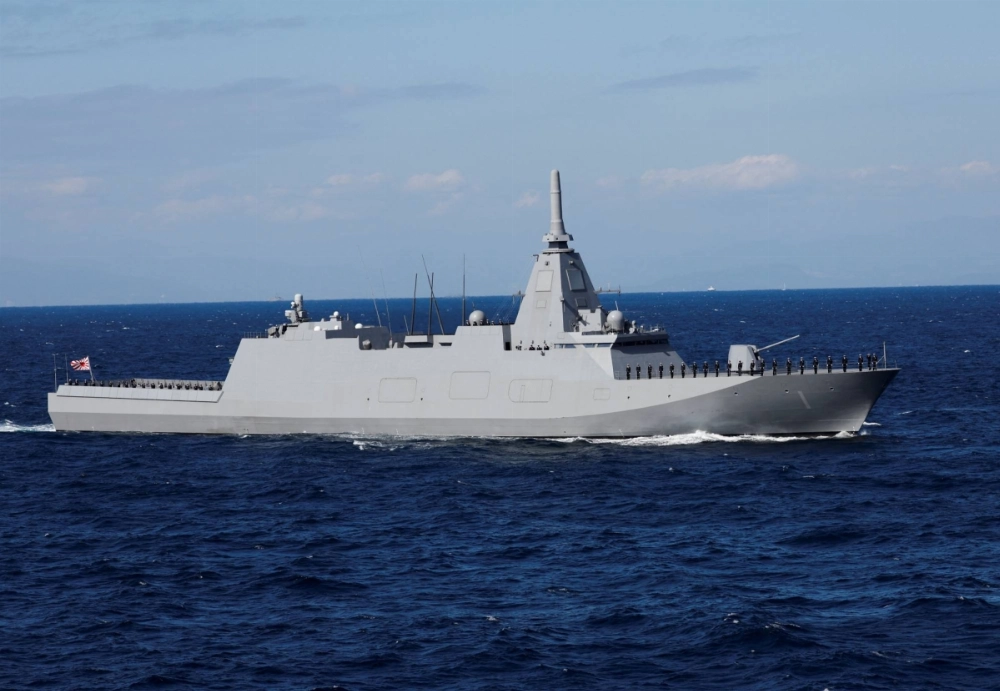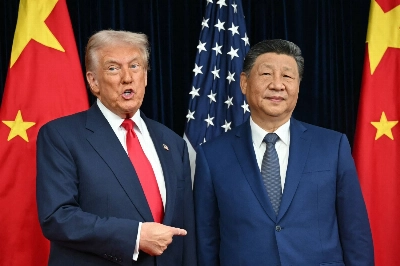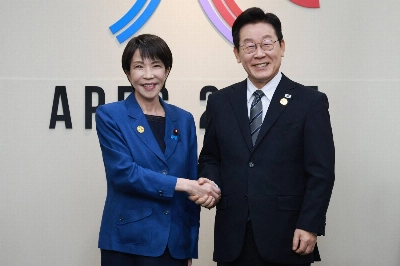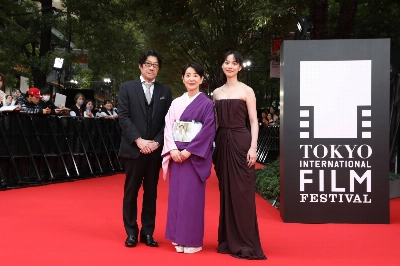The Maritime Self-Defense Force (MSDF) will send one of its Mogami-class frigates to Australia for joint military exercises in the coming days, Defense Minister Gen Nakatani said Wednesday, as Tokyo vies with Germany for a lucrative contract to build new frigates for Canberra.
Nakatani said the Noshiro Mogami-class frigate will head to Australia for the drills from Monday through April 3, with the vessel also making a port call in the Philippines.
The dispatch is believed to be part of a push by Japan, one of two finalists with Germany, to win the contract with Australia for the joint development of new frigates. Canberra is expected to make a final decision on the matter by the end of the year.


















With your current subscription plan you can comment on stories. However, before writing your first comment, please create a display name in the Profile section of your subscriber account page.